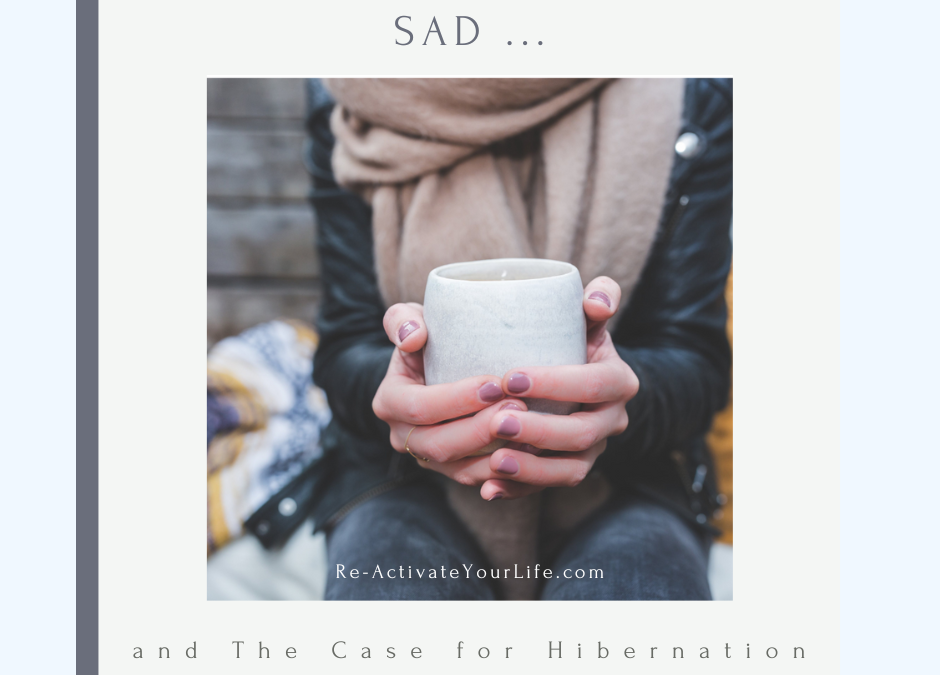For the first time in my life, I am struggling to get excited about the new year and the new opportunities and possibilities that come with it. I usually bounce right into my new year’s resolutions and more often than not, achieve the majority of my goals by the time my April tulips are popping through the soil. But this year is different, and I have spoken with a few colleagues and listened to several podcasts, trying to figure out what is happening.
One explanation might be attributed to SAD, which stands for Seasonal Affective Disorder, a type of depression that occurs during the winter months and can make people feel low energy and more withdrawn. It makes sense because we have shorter days during the winter, especially in January, and reduced sunlight affects our circadian rhythm, which regulates sleep cycles and also affects our melatonin production, making us feel drowsy and/or lethargic.
I feel like these elucidations point to what might be happening, but I wanted to investigate more, and see if age, (I’m in my fifties) had any contributing factors. What I found out is that historically, winter was a time to conserve resources and energy due to limited food supplies and harsher conditions. Now, modern conveniences palliate this need, but our biological impulses to “slow down” in colder months may exist within our DNA.
Speaking with Kim Pinckley, Owner of Live Free Integrative Therapies and a Polarity Therapist, I learned that while humans don’t hibernate, there’s much we can ascertain from this natural phenomenon. Winter is an excellent time for us to slow down, reflect, and recharge. Taking cues from hibernating animals, we can embrace a season of rest by prioritizing wellbeing and self-care, maintaining healthy routines, and getting plenty of sleep. The idea of a winter slowdown reminds us that rest isn’t just a luxury—it’s a necessity for growth and renewal. Hibernation is one of nature’s most ingenious strategies for survival, demonstrating the incredible adaptability of life on Earth. By conserving energy, avoiding harsh conditions, and fostering renewal, hibernating animals exemplify resilience and resourcefulness.
With my research, I also found a bunch of advice on how to counteract this “hibernating feeling.” Tips like – Eat Well: Incorporate fresh produce and avoid excess refined carbs. Get More Sunlight: Spend time outdoors or use light therapy lamps. Stay Active: Regular exercise boosts mood and energy levels. Socialize: Connect with friends and loved ones to avoid isolation. Rest: Embrace the slower pace as a time to recharge.
But honestly, I am now trying to embrace this urge to hibernate. I cannot remember a time in my adult life when I consciously slowed down for a season and made an effort to examine my choices and really reflect on my personal and professional achievements. When I am ready, I trust I will move through these struggles and move on to accomplish more goals. But for now, I am relishing my time with herbal teas, crackling fireplace flames, dips in the hot tub while snowflakes are floating down and sleeping past my typical alarm buzzes.
See you when the tulips bloom!


Recent Comments